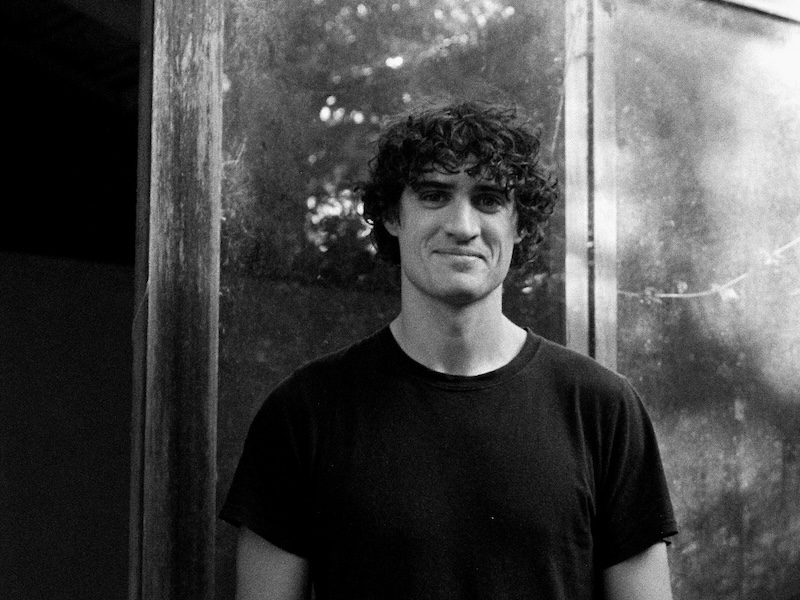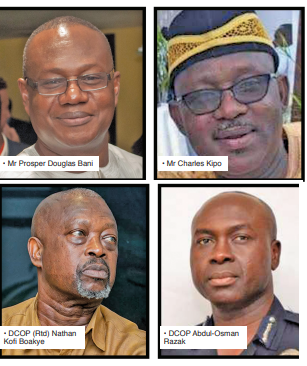Tommy de Silva watches director Lee Tamahori’s latest film, set in the thick of the Musket Wars.
What’s it about?
Set in 1830s Aotearoa, The Convert follows a British preacher named Munro (Guy Pearce) who finds himself embroiled in an inter-hapū conflict during the thick of the Musket Wars, when the introduction of foreign firearms made Māori warfare deadlier than ever before. Pearce’s co-star is Tioreore Ngatai-Melbourne (Cousins, Hunt for the Wilderpeople, Whina), who plays Rangimai, a wahine toa and daughter of the rangatira of one of the warring hapū.
On the film’s setting, Tamahori told Flicks: “this period was tens of thousands of Māori at war with each other and Europeans hanging on to a scrap of land.” That statement rings true in The Convert, where Pākehā live in the rugged, tiny and dirty village of Epworth, whereas Māori battle at substantial pā. On the Musket Wars’ intensity, Tamahori added, “once muskets were introduced in the early 18th century, it was on the cards that this culture may wipe itself out.” Through the film’s 1830s setting, Tamahori adds his name to the short list of directors whose movies showcase historical Aotearoa from a Māori point of view – so how does The Convert stack up against other period films like Rewi’s Last Stand, The Dead Lands and Utu?
The good
The Convert’s two leads are superb. Pearce sells the awe and wonder of a troubled British man who finds himself on the opposite end of the globe – exemplified by his expression upon first making landfall in this untamed land – while Ngatai-Melbourne’s badass wahine toa character reveals layers of emotional complexity. On the latter, although her character Rangimai courageously holds her own during several melees, in other scenes when she mourns murdered whanaunga her mamae is palpable.
Tamahori’s unique directorial tone, balancing emotional undercurrents, overt violence and political statements, also oozes throughout the film. While that balance isn’t achieved quite as perfectly as in Once Were Warriors – where his portrayal of a whānau rife with emotional, physical and sexual abuse critiqued colonisation’s role in cultural disassociation – it is still done well in The Convert. In Tamahori’s latest film, emotional undercurrents come via the mamae of war, political statements are made about Pākehā stoking the fires of inter-hapū animosity for their own benefit, and overt violence is seen in the film’s exciting action sequences.
Speaking of violence, The Convert’s use of it is more restrained than in other local historical action films – Utu is so gory that it is off-putting to many. While there is still fighting in The Convert, including a huge final battle when one hapū invades another’s pā, it doesn’t linger on violent shots the same way Utu does – the former’s amazingly-choreographed musket, patu, and taiaha fight scenes don’t define the film as they do in the latter. My partner, who hates violent movies, said her lasting impression of the film will be its storytelling and world-building, not someone getting tomahawked in the forehead during the final fight.
Something else The Convert does better than other films of its genre is its embracement of te reo Māori. While it’s not a surprise to hear te reo Māori in a period film set in Aotearoa, The Convert chooses not to include subtitles for everything – for example, when characters kōrero Māori among themselves. In other scenes, bilingual characters organically bridge the language barrier by acting as translators. This unique approach to te reo Māori deeply immersed me in the world and period of the film.
The not-so-good
While The Convert largely represents 1830s Aotearoa-Te Waipounamu accurately, there are a few historical inaccuracies identifiable to a history nerd like myself. In particular, I found the wharenui in the film being painted bright red jarring. Although red wharenui are common today, historically they were rare. Painting wharenui red is predominantly a modern practice that, in many cases, was Pākehā-led – like the Crown’s large-scale red painting campaign before Queen Elizabeth visited in 1953. But Tamahori is clear that he never intended for The Convert to maintain perfect historical accuracy, telling Flicks: “I thought, we can be as accurate as we can about this period in time, but at the same time, we can make stuff up because our story is not a history lesson.”
Perhaps it’s because The Convert has to fit real world history into the expectations and character archetypes of a period action movie, but the film risks playing into binary, black-and-white characterisations of Māori and Pākehā that have long plagued local history. For example, the idea that Māori were cannibalistic, vengeful and violent, whereas Pākehā, except for very few, were greedy, money-obsessed and power-hungry. While these characteristics surely applied to some individuals, they shouldn’t be applied unilaterally – so it would have been nice to see more characters subvert those stereotypes.
Verdict
It may not be perfect, but it’s worth a watch for its acting, fantastically-choreographed fight scenes, integration of te reo Māori and, in particular, the fascinating time period it brings to the fore. Capturing a chapter from our past rarely before seen in local popular culture makes The Convert a must-see for both period-piece purists and New Zealand history nerds alike.
This is Public Interest Journalism funded by NZ On Air.

























Discussion about this post